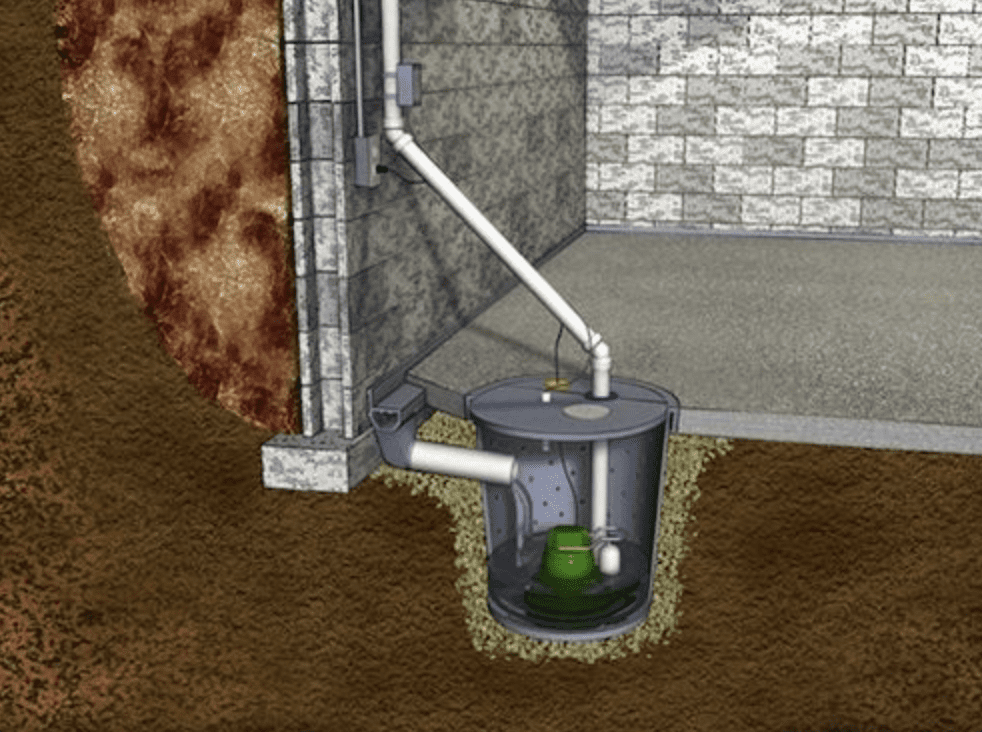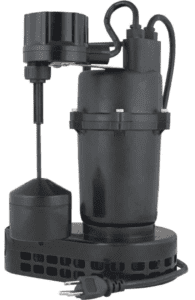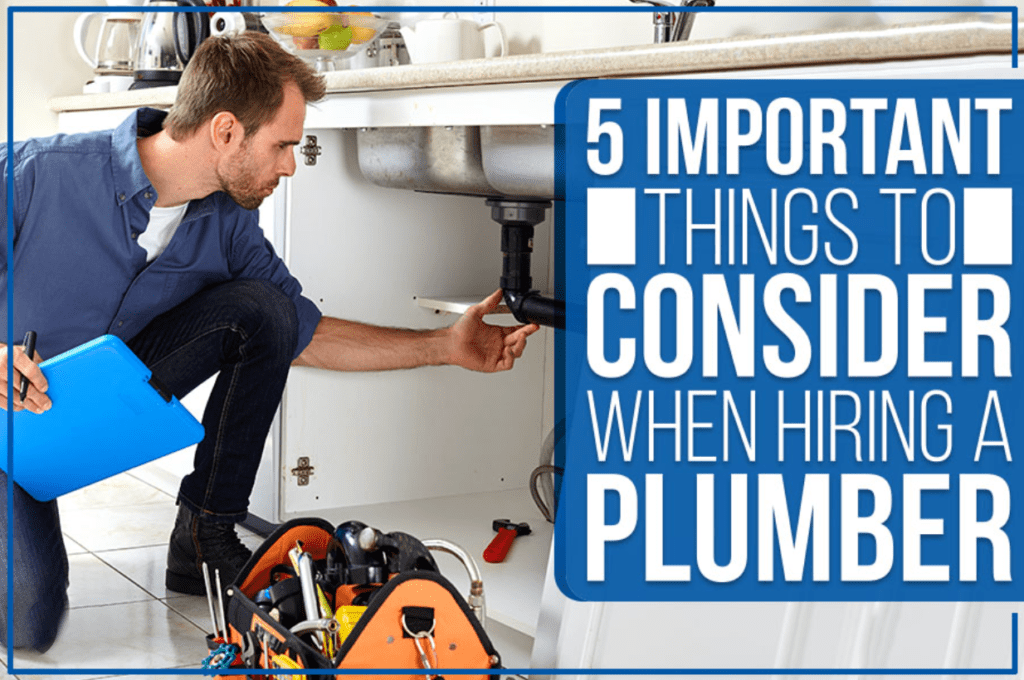A sump pump is a crucial component in the basement of a home. It’s responsible for pumping out water that collects in the sump basin and prevents flooding. If your sump pump has failed, you’ll need to replace it as soon as possible. In this article, we’ll provide a step-by-step guide on how to replace a sump pump, including the tools and materials needed, as well as some tips for maintaining your new pump.
Signs that you need to replace your sump pump
Before you replace your sump pump, it’s important to know when it’s time to do so. Here are some signs that your sump pump needs to be replaced:
- Age: If your sump pump is more than 10 years old, it’s time to replace it.
- Strange noises: If your sump pump is making strange noises or vibrating excessively, it may be time for a new one.
- Frequent cycling: If your sump pump is turning on and off frequently, it may be struggling to keep up with the water.
- Rust or corrosion: If you notice rust or corrosion on your sump pump, it’s likely time for a replacement.
- No water discharge: If your sump pump is not discharging water, it’s not doing its job and needs to be replaced.
Tools and materials needed
Before you begin, you’ll need the following tools and materials:
- New sump pump
- PVC pipe and fittings
- Screwdriver
- Adjustable wrench
- Teflon tape
- Hose clamps
- Silicone sealant
1. Turn off power
The first step is to turn off the power to the sump pump. This is important to prevent any accidents while you’re working on the pump. Locate the circuit breaker for the sump pump and turn it off.
2. Remove the old pump
Next, remove the old pump from the sump basin. Use a screwdriver to disconnect the pump from the discharge pipe, and an adjustable wrench to disconnect the check valve. Lift the pump out of the basin.
3. Install the new pump
Now it’s time to install the new pump. Place the new pump in the sump basin and make sure it’s level. Use the manufacturer’s instructions to connect the pump to the discharge pipe and check valve.
4. Connect the discharge pipe
Connect the discharge pipe to the new pump using PVC pipe and fittings. Use Teflon tape on the threaded connections to ensure a tight seal. Use hose clamps to secure the PVC pipe to the pump and check valve.
5. Test the new pump
Once you’ve connected everything, it’s time to test the new pump. Turn on the power to the sump pump and pour water into the sump basin. The pump should turn on and begin pumping water out of the basin. Make sure everything is working properly before you finish.
Tips for maintaining your new sump pump
- Test your sump pump regularly to make sure it’s working properly.
- Clean out the sump basin regularly to prevent clogs and debris buildup.
- Install a backup power source, such as a battery backup, to ensure your sump pump continues to work even during power outages.
- Consider installing a sump pump alarm to alert you if the water level in the basin becomes too high.
- Schedule regular maintenance with a professional to ensure your sump pump stays in good working condition.
Conclusion
Replacing a sump pump may seem daunting, but with the right tools and instructions, it’s a relatively simple process. By following the step-by-step guide we’ve provided, you can replace your sump pump and ensure your basement stays dry and flood-free. Remember to also maintain your new pump to keep it functioning properly for years to come.
FAQs
- How often should I replace my sump pump?
- Sump pumps typically last between 5-15 years, so it’s recommended to replace them every 10 years or so.
- How do I know if my sump pump needs to be replaced?
- Signs that your sump pump needs to be replaced include strange noises, frequent cycling, rust or corrosion, and no water discharge.
- Can I replace my sump pump myself?
- Yes, replacing a sump pump is a DIY project, but if you’re not comfortable doing it yourself, it’s best to hire a professional.
- What size sump pump do I need?
- The size of your sump pump depends on the size of your basement and the amount of water it typically collects. A professional can help you determine the right size for your needs.
- How do I maintain my sump pump?
- Regularly test your sump pump, clean out the sump basin, install a backup power source, and schedule regular maintenance with a professional.










